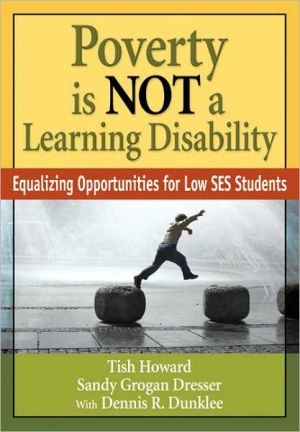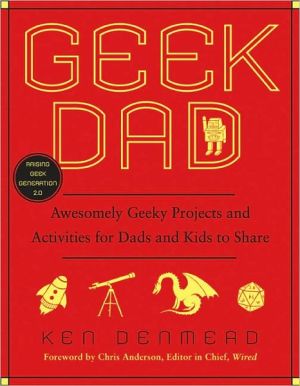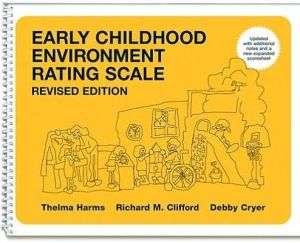Poverty Is NOT a Learning Disability: Equalizing Opportunities for Low SES Students
This book is designed to improve the education of elementary school children with low school-readiness skills (low SES children) by preventing their misidentification as learning disabled. It is built on the premise that the time and money spent on special education services will be better used if educators focus on the needs of children with low school readiness skills before their deficits become so great that neither intervention nor remediation will work, and before the children's self...
Search in google:
This book is designed to improve the education of elementary school children with low school-readiness skills (low SES children) by preventing their misidentification as learning disabled. It is built on the premise that the time and money spent on special education services will be better used if educators focus on the needs of children with low school readiness skills before their deficits become so great that neither intervention nor remediation will work, and before the children's self perceptions are so badly damaged that they quit trying to succeed and accept failure.Poverty Is NOT a Learning Disability challenges educators and parents to consider how low expectations-a "deficit perception"-can affect a child's achievement and stresses optimism as a central tenet of elementary schools' day-to-day teaching/learning programs and school-community relationships. The authors emphasize that an attitude of optimism is strongly connected to hope for the future and crucial to providing children with a positive vision of what they can accomplish. This resource also covers how to build trusting relationships throughout the school community, among teachers, administrators, the school staff, and parents. Children inevitably endeavor to fit the words, actions, and deeds of those around them into narratives of their own. The authors convey how vitally important it is for members of the education community to work together to ensure that youngsters receive a view of the future that inspires hope and validates the potential of each child.
PrefaceAbout the AuthorsIntroduction1. The Changing Realities of America's Public Education: Foundational Facts and Implications Diversity Poverty School Readiness Lack of Parental Involvement Deficit Perceptions Special Education and NCLB Summary2. The Unfortunate Link Between Low Socioeconomic Status and Learning Disabilities Understanding Learning Disabilities Poverty Is Not a Learning Disability Educators' Lack of Understanding of Poverty Teachers' Role in Learning Disability Referrals The Cost of Misidentifying Children as Learning Disabled Summary3. Teaching Strategies and Techniques Proven to Work With Low SES Children Four Teaching Strategies That Work Summary4. The Importance of Strong School-Home Relationships in Educating Low SES Children The Importance of Parent Involvement The Importance of Home-Based Involvement The Importance of School Climate Meeting the Challenges Presented by Low SES Neighborhoods Embracing Cultural Diversity Summary5. How Strong School-Business Relationships Can Benefit Low SES Students Creating a Partnership With Structure and Reciprocity Looking Beyond Dollars in School-Business Partnerships Recognizing the Partnership Value of Small Local Businesses Summary6. The Role Networking Can Play in the Effective Education of Low SES Students Networking With Central Offices Networking Beyond the School District Summary7. Managing Change Successfully Why People Resist Change Strategies to Reduce Resistance to Change and Promote Successful Implementations Summary8. Selecting the RightPeople Identifying the Characteristics and Qualifications You're Looking For Assessing Your Faculty and Staff's Strengths and Weaknesses to Clarify Your Needs Communicating Your Needs and Interests to Human Resources Structuring the Interview Process Managing the Interview and Selection Process Summary9. Identifying the Core and Individual Competencies That Promote the Most Successful Learning Environment What We Mean by Competencies Identifying Core School and Individual Competencies That Promote Student Success Summary10. Identifying Expectations and Managing Performance Some Basic Assumptions Communicating Your Expectations Managing Performance Around Your Expectations Providing Constructive Feedback Summary11. A Proven Approach to Improve Educational Opportunities for Low SES Children Professional Climate Behavioral Climate Community Climate Instructional Practices Summary12. Summary and Conclusions Being the Leader in Your SchoolReferencesIndex
\ Daren Berringer"This book is more than well-researched theory. This is a lifelong study in practical experience that proves once again that the value of building relationships within a community is vital to success."\ \ \ \ \ Belinda J. Raines"An excellent book. This book embodies a powerful message that covers all the necessary steps to help transform individual mind-sets regarding poverty and learning disabilities.”\ \ \ Elizabeth Alvarez"The issues with special education are rarely addressed because many educators themselves do not feel qualified to tackle the concerns. This book allows the reader to see that there is a need to reform special education and to give a hard look at what we are doing and to begin making a change not only for special education, but for all students, so that as educators we lead them on the road to success."\ \ \ \ \ Rebecca S. Compton"This book is the perfect guide for those administrators and teachers who are truly interested in equalizing educational opportunities at all levels."\ \








